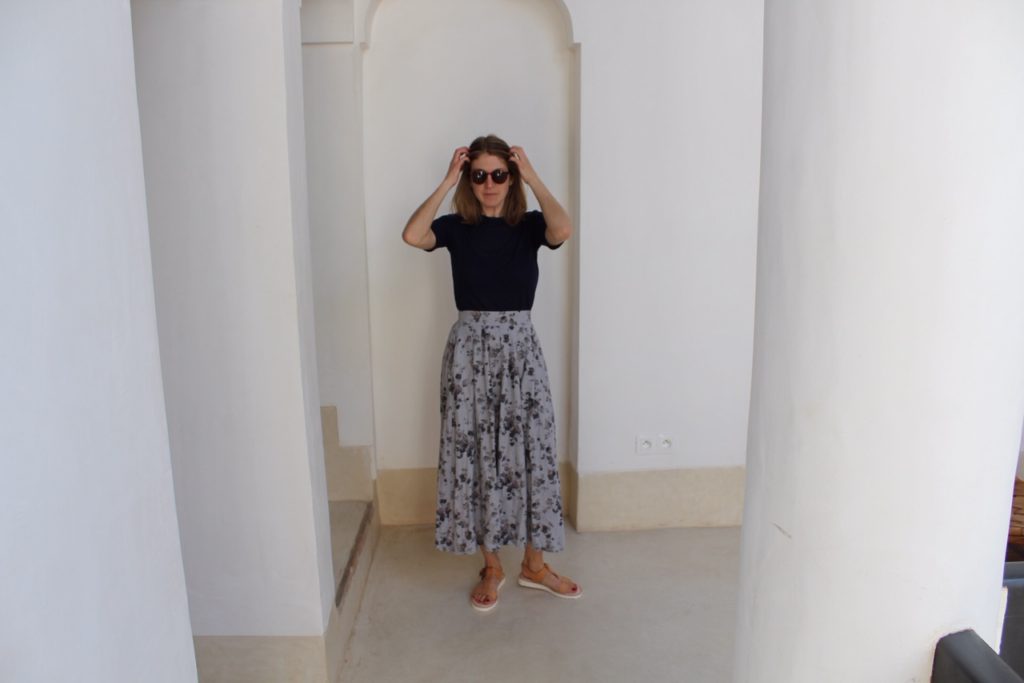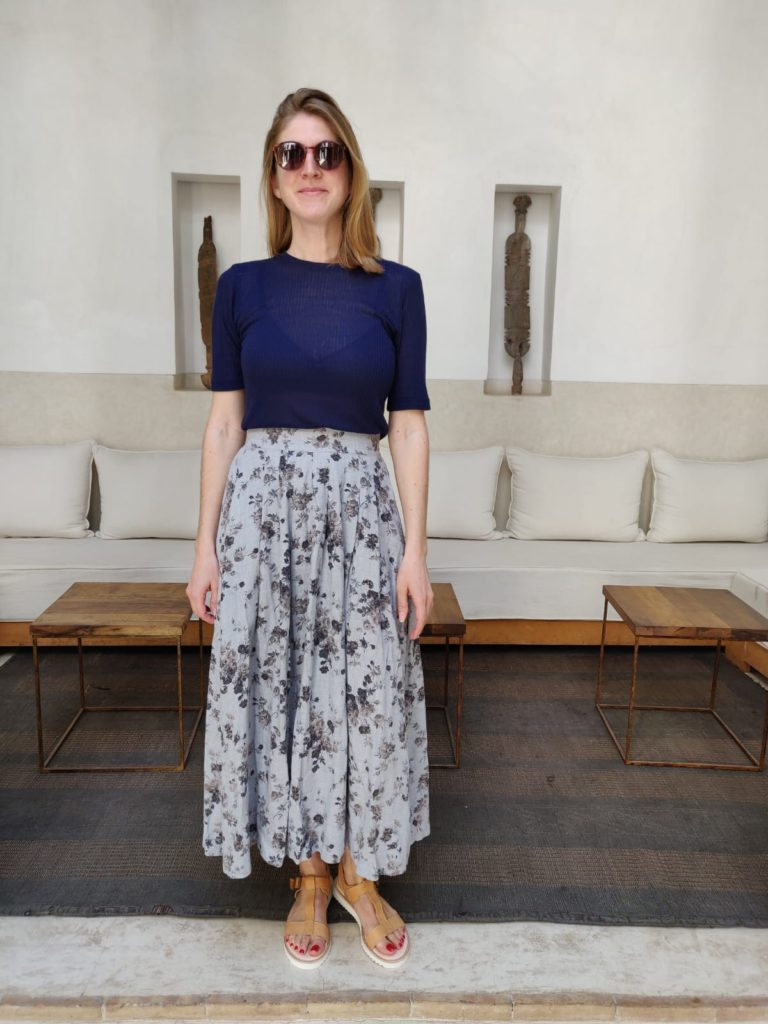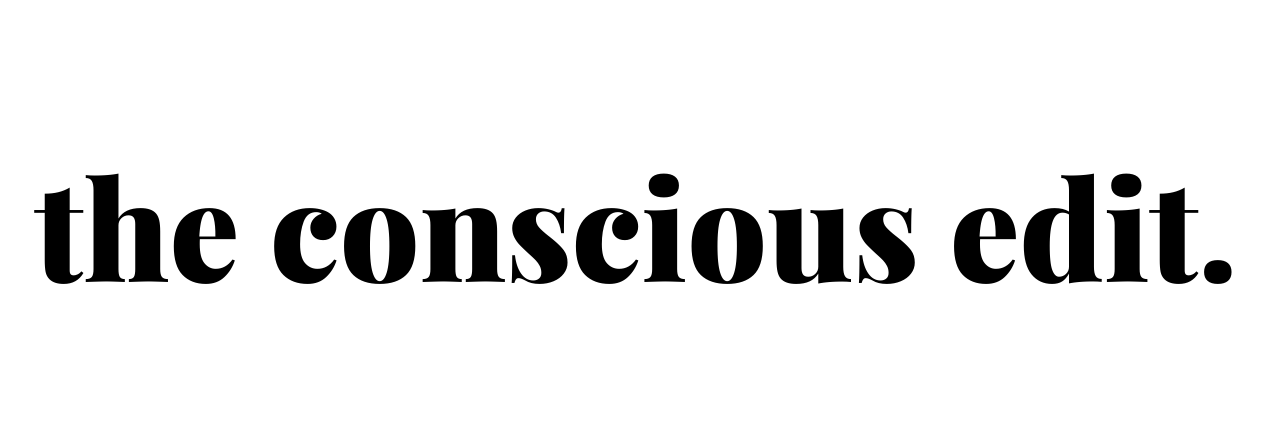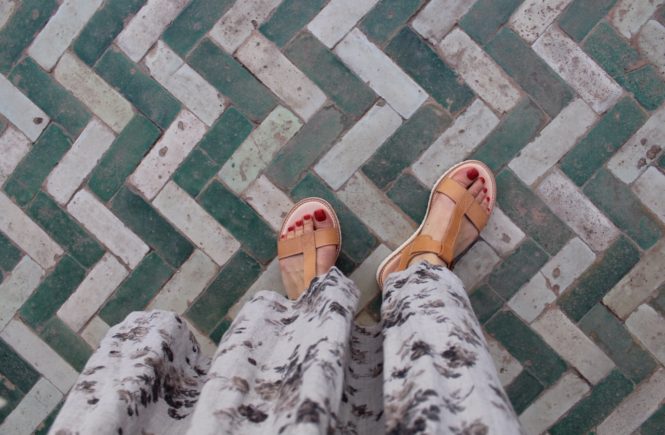As fair fashion and mass production of clothes has taken over, we’ve lost touch with the makers of the things we wear. But the Fashion Revolution movement encourages us to ask the question of who made our clothes?
When the Rana Plaza tragedy happened on 24 April 2013, killing 1,134 workers in a collapsed factory in Dhaka, Bangladesh, it truly showed the horrific conditions factory workers work in. The long, difficult supply chains of the big brands, and pressure to lower prices, mean factories are cutting corners and the ones who suffer are almost always, the workers.
The tragedy inspired the team behind Fashion Revolution to start, once and for all, to fight, shout and campaign for real change. We’ve for a long time heard and read about poor conditions in the media but not much has changed, so a new fight was definitely needed, and I believe the Fashion Revolution was a good answer.
Asking the questions
The Fashion Revolution movement asks the right questions, and it makes the issue real. To ask who made our clothes, makes us appreciate what we wear. It makes us think about the craftsmanship and the person who’s put it together before it made it to the shop where we bought it. And it’s an honest and real question to ask the brands. Because they can’t just hide behind reports and numbers, they need to present real answers with real people.
Transparency, and more importantly, a fair and ethical supply chain is essential. All day every day. And it’s not something brands and media should promote only during Fashion Revolution Week. But the week helps shine a stronger light on this, which is good.

What about my new sandals?
I’ve reduced the amount of new clothes I buy, and I try to mainly buy second hand. When I buy new things, I want them to be items that have been sustainably made and can last for a long time. So when I needed a new pair of sandals that I can walk many miles in, I went for a pair by Swedish brand Kavat – a sustainable brand with a transparent approach to its production.
Some of Kavat’s shoes are still created in Sweden but most of its production has moved to Travnik in Bosnia. During the Balkan war in the 90s, a lot of refugees and immigrants from this region came to Sweden. Many were shoe makers and as their skills were very much needed in Sweden at the time, Kavat hired many of them. So when the production grew and Kavat needed a bigger factory, Bosnia was a natural choice.
Kavat includes a lot of this information on its website, alongside further details about eco certification and sustainability. But, especially in light of Fashion Revolution Week, it’d be good to get more detailed information about the workers and their craftsmanship.

Here, I’ve styled my new sandals with a flowery cotton skirt I bought in a charity shop and a modal top from Swedish brand Indiska.

